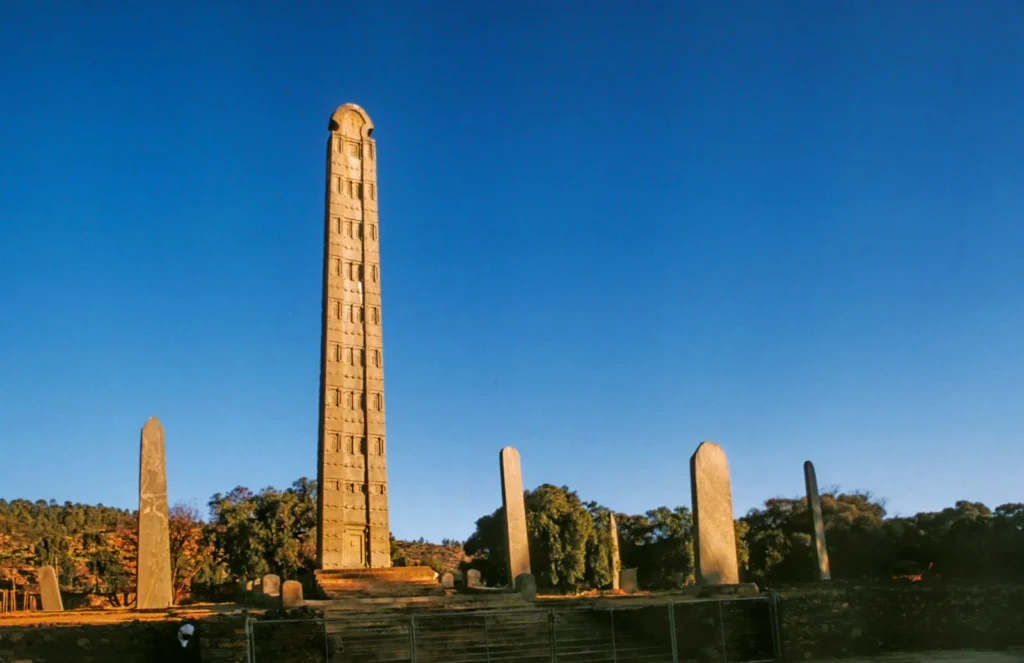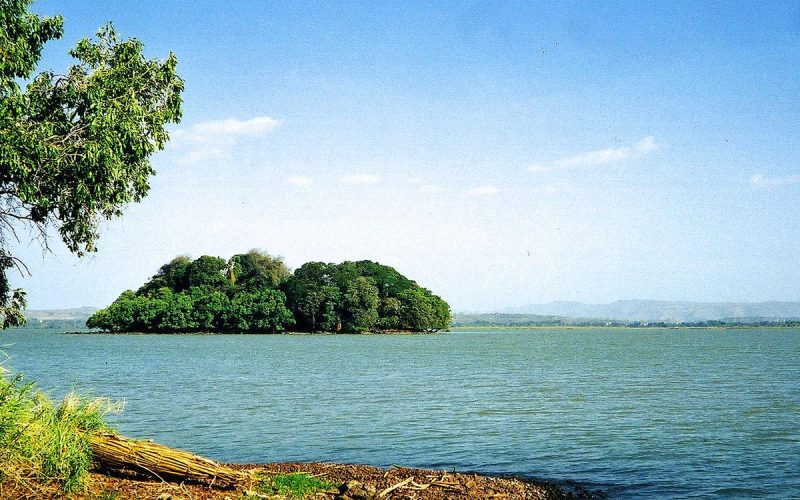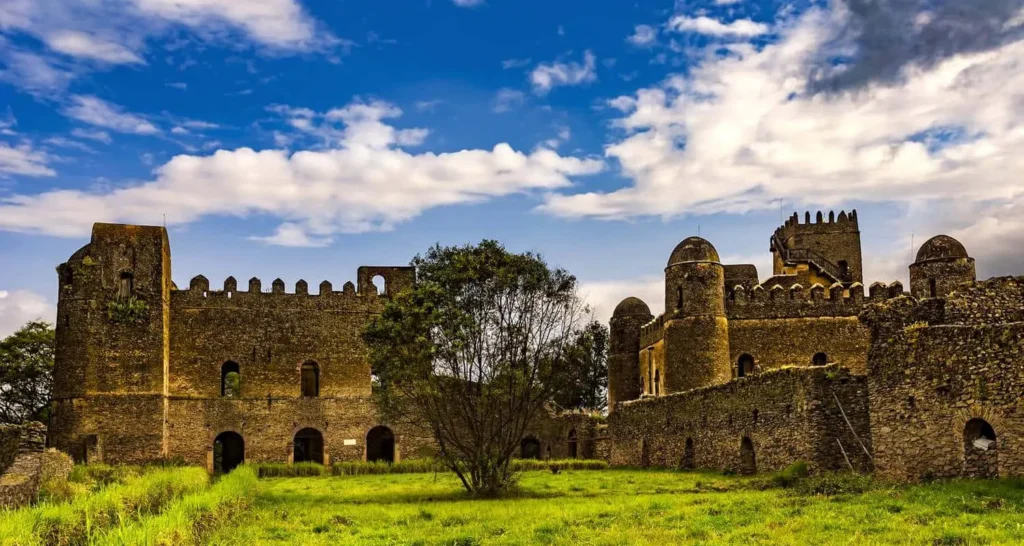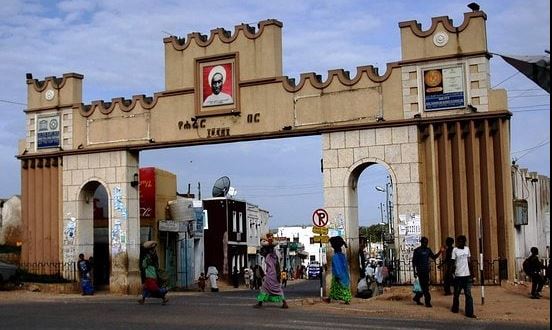Sacred & Historical Heritage

Rock-hewn Churches of Lalibela
Often referred to as the “New Jerusalem,” Lalibela is home to eleven medieval churches carved entirely out of living rock. Built in the 12th century under King Lalibela, these UNESCO World Heritage sites are still active places of worship, where ancient chants echo through the underground passageways. Walking barefoot along the sunken courtyards, you witness not just architecture but devotion etched into stone. Each church tells a story of faith and resilience, making Lalibela a must-see for any traveler seeking Ethiopia’s sacred essence.
The Ancient City of Axum & The Ark of the Covenant
Axum is Ethiopia’s most legendary city, known as the seat of the ancient Aksumite Empire one of the greatest civilizations of its time. Towering granite obelisks stand as symbols of this once-powerful kingdom, while legends claim that the Ark of the Covenant rests safely within the Chapel of the Tablet at St. Mary of Zion Church. Axum is also tied to the Queen of Sheba, adding layers of myth and history. Here, Ethiopia’s spiritual and historical identity converge in a way that is both mysterious and unforgettable.


Lake Tana Monasteries
At the source of the Blue Nile lies Lake Tana, Ethiopia’s largest lake and a spiritual sanctuary dotted with ancient island monasteries. Many of these monasteries, dating back to the 14th century, hold priceless religious manuscripts, sacred paintings, and relics. Accessible only by boat, each island offers a serene retreat into Ethiopia’s monastic traditions. As you glide across the shimmering waters of Lake Tana, you’ll feel a deep sense of peace, stepping into spaces where time seems untouched by the modern worl
Gondar’s Castles – The Camelot of Africa
Perched in the northern highlands, Gondar was once the imperial capital of Ethiopia and the seat of emperors for over two centuries. The city is famous for its royal enclosure, a collection of castles, palaces, and banquet halls that earned it the nickname “The Camelot of Africa.” Built in the 17th century, these stone fortresses showcase Ethiopia’s regal past and blend Portuguese, Indian, and local architectural styles. Beyond the castles, Gondar is also home to the famous Debre Berhan Selassie Church, adorned with angelic ceiling frescoes that captivate every visitor.


Harar – The Walled City
In the eastern highlands lies Harar, a UNESCO World Heritage city known as the “City of Saints.” Surrounded by ancient walls and adorned with colorful gates, Harar is home to over 80 mosques and hundreds of shrines, making it one of Islam’s holiest cities. Its winding alleyways, vibrant markets, and traditional homes reflect centuries of cultural exchange between Africa, the Middle East, and beyond. Harar is also famous for its unique tradition of feeding wild hyenas, a ritual that has become a symbol of harmony between people and nature.

